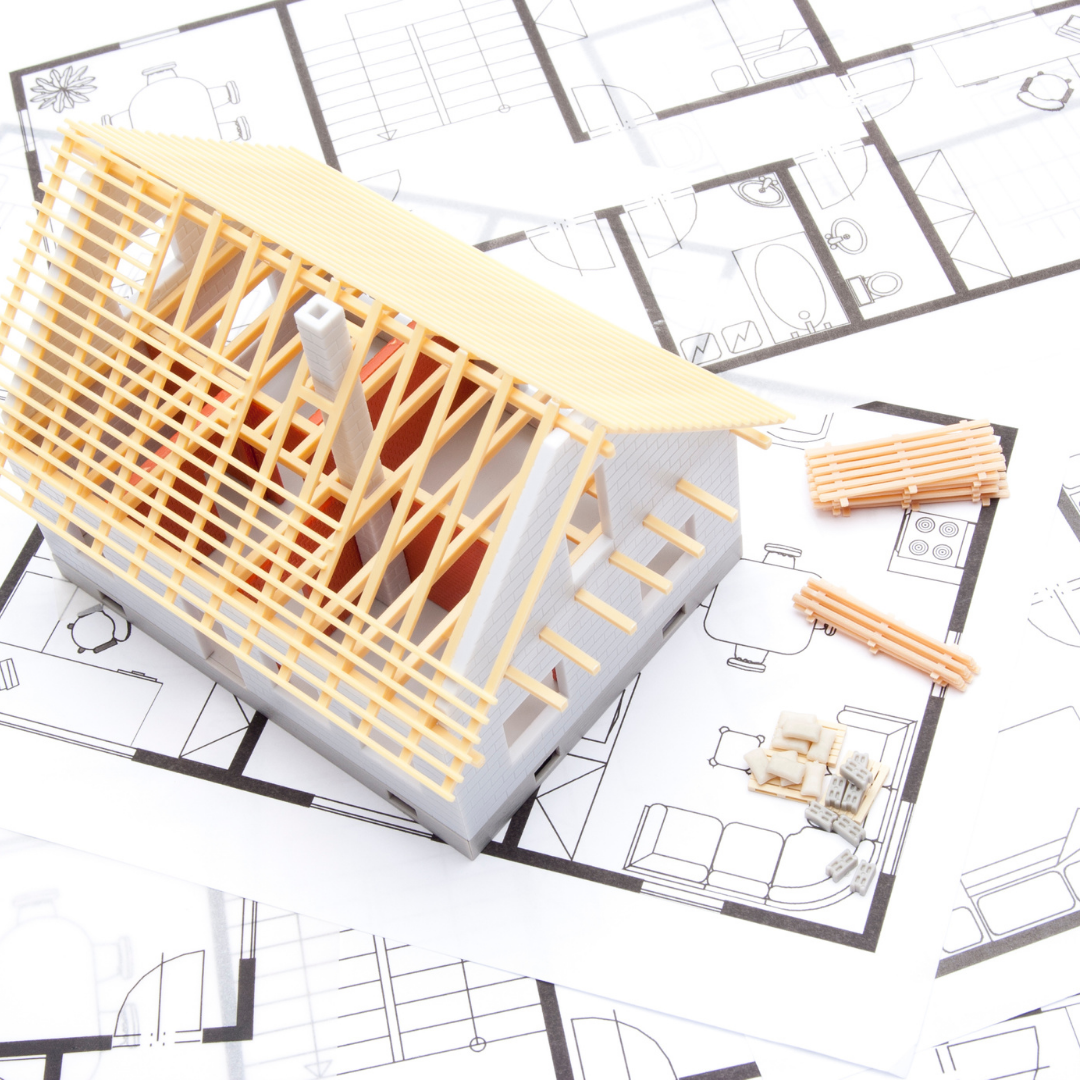You may have heard people talking about how they ‘got hit’ with variations when building or even renovating. Variations can easily blow your building or renovating budget; however, they are often avoidable if you know what you are doing.
What is a variation?
The term ‘variations’ refers to changes to what’s been agreed upon in signed building or design contracts – or any contracts, for that matter.
For example, For example, let’s say that you’ve settled on a certain style of tiles for your bathroom, and that the style you’ve chosen has been written into your building contract. At some point during the project, you find a different style of tile that you love more and would like to have instead.
If you choose to tell the builder you need to change to a different style of tiles, you’ll normally be liable for a variation to the original contract.
Why can building variations be expensive?
There are several reasons that variations to contracted work can cost so much. The first is that a building contract is a legal document – and to getting it changed may require the services of a solicitor.
Other things that can contribute to costs in variations are:
- Cost differences between specified work / products and updated requirements
- Pre-agreed penalty clauses for variations
- Extra material costs (especially if materials have already been bought)
- Added labour or work costs – particularly if work has already started, if variations require alterations to completed work or plans, or if there’s a need to call back tradespeople to the site
- Added engineering, drafting or approval expenses – especially for revisions to structural work, which can easily cost three or four times more than just materials and labour
A bit of variation wiggle room’s usually necessary on a project as big as building a house, but if there is a scope of allowed variations, it’ll also need to have its limits and conditions. To be clear, builders often need to request variations too, where original plans mightn’t turn out to be the best, most practical or most sensible option.
How to manage variations
Should you wish to request variations to what’s in your contract, your builder will usually provide a quote for the cost of the variations. It’s then a matter of:
- agreeing to changes and costs (in writing),
- negotiating a different solution or
- continuing with the original plans.
Insist that prices and all the details of variations required are put in writing and signed off by both parties before work is done.
Many bitter disputes begin with the assumption that everyone’s on friendly terms and that the paperwork can be put aside till later. It’s in everyone’s best interests to ensure that there’s absolute clarity and a well-managed paper trail when it comes to anything to do with contracted work and payments.
Depending on what’s being requested, you’ll need to remember that variations can have a very significant impact on deadlines and completion dates too.
Why do people need to request variations?
When it comes to homeowners, the need for variations is usually the result of miscommunication, misunderstanding or rushing in without being thorough enough with contracts.
Disputes often arise over what’s been agreed upon, and whether what’s being asked actually constitutes a ‘variation’, or a fair interpretation of what’s stated on the contract.
Lack of clarity or detail in contracts and briefings is a very familiar culprit when it comes to variations and disputes – particularly when people realise that they’ve accidentally settled on very basic items, or a set ‘prime cost’ (PC) budget for the builder to purchase unspecified products.
A good example of the PC trap: people very often realise halfway through their building or renovation project that the $100 allocated for bathroom taps will only be enough for the most basic options, when they’d far prefer the $400 chrome options. You can never be too detailed in planning…
The more common variations people request include:
- variations in design
- variations in quantities
- variations in models and styles of products
- variations in quality
- variations in the order in which things are constructed
And as we’ve already mentioned, sometimes it’s the builder who needs to request variations, perhaps because there’s an issue with the original plans, or an unforeseen issue with the site. Make sure your contract’s very clear about the need for the builder to submit detailed requests for variations in writing, along with any changes to proposed costs.
How to avoid variations
The best way to avoid expensive variations is to be well prepared. Be very thorough, careful and involved when it comes to planning – and never sign a contract until you’re certain it’s absolutely specific about everything you want.
This means making sure your contract includes things like:
- brand and model names for things like toilets, taps, power points, door handles, locks, rangehoods, light bulbs etc.
- specific detail on the number of coats of paint to be used, texturing / application preferences etc.
- specific colours, shades and products to be used
It’s also worth ensuring that your contract is very clear about any work that’s going to be done by other contractors, about local building regulations or restrictions, and about the need to consult you, or your building designer or architect (if they’re acting as contract administrator) on any product choices or deviations from what’s been specified.
If you have engaged a building designer or architect and they’re not going to work with you through the project, it’s probably a good idea to get them to look over your contract and make sure everything’s properly detailed and provisioned for anyway, if you can.


































